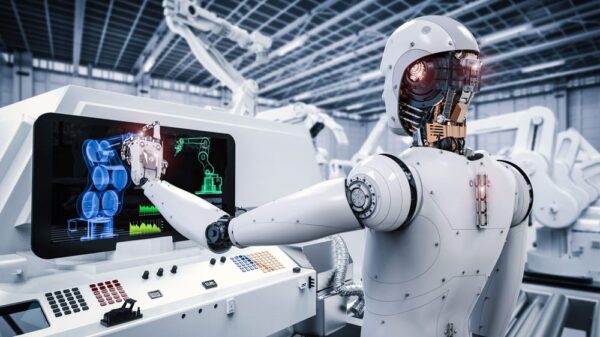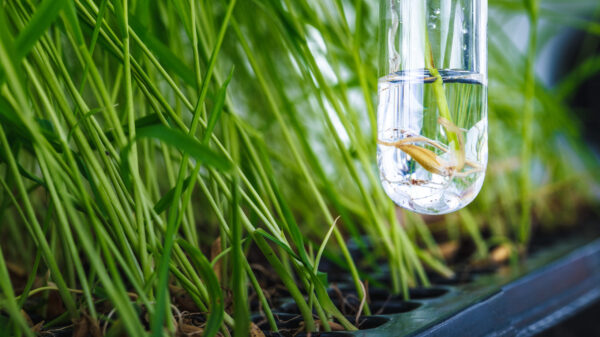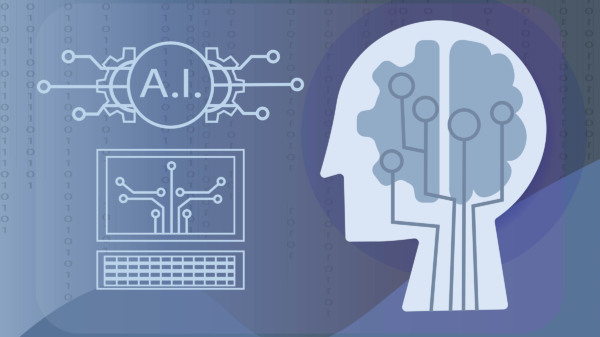Polyfunctional Robotics: The Future of Multi-Tasking Automation
Introduction to Polyfunctional Robotics
Polyfunctional robotics refers to intelligent machines that are capable of performing multiple tasks across different domains. Unlike single-purpose robots, these systems offer versatility and adaptability, making them ideal for dynamic environments in agriculture and industry.
The Evolution from Single to Multi-Task Robots
Earlier generations of robots were built for specific tasks. Today’s polyfunctional robots integrate advanced AI, computer vision, and modular hardware to transition between functions like planting, pruning, and harvesting with minimal reprogramming.
Impact on Modern Agriculture
In farming, polyfunctional robots are revolutionizing operations. A single robot can now navigate fields, plant seeds, monitor crop health, prune branches, and harvest produce, significantly reducing labor requirements and increasing efficiency.
Reducing Labor Dependency
Agricultural labor shortages have become a global issue. Polyfunctional robots help fill this gap by automating repetitive and time-consuming tasks, allowing farmers to focus on strategic decision-making.
AI and Sensor Integration
These robots are powered by AI algorithms and sensor networks that allow them to identify plant health, detect obstacles, and adapt their actions based on real-time environmental data, improving precision and accuracy.
Enhancing Industrial Automation
Beyond agriculture, polyfunctional robots are gaining traction in manufacturing, logistics, and construction. A single robotic unit can switch between welding, assembling, and quality inspection tasks, reducing downtime and boosting productivity.
Cost-Effective Robotics for SMEs
For small and medium enterprises (SMEs), investing in multiple single-use robots is expensive. Polyfunctional robotics offers a cost-efficient solution, delivering more value from a single machine by handling a wider range of operations.
Machine Learning and Continuous Improvement
Equipped with machine learning capabilities, these robots learn from previous tasks, improving performance over time. This adaptability ensures long-term scalability and greater return on investment.
Environmental and Economic Benefits
By optimizing inputs like water, fertilizers, and energy, polyfunctional robots support sustainable practices in agriculture and industry. They also contribute to lower operational costs and reduced waste.
Modular Design for Task Flexibility
Many polyfunctional robots feature a modular architecture, allowing users to switch attachments and tools depending on the task. This flexibility makes them suitable for diverse applications across various work settings.
Remote Operation and Monitoring
Advanced robotics platforms enable remote monitoring and control, allowing users to manage tasks from a distance. This is particularly valuable in hazardous or remote environments.
Precision Agriculture at Scale
In large-scale farming, these robots contribute to precision agriculture, delivering data-driven insights and consistent crop management across extensive fields, improving yield and resource utilization.
Collaboration with Human Workers
Rather than replacing humans, polyfunctional robots are designed to collaborate with agricultural and industrial workers, handling repetitive tasks while humans oversee strategic and supervisory roles.
Challenges and Adoption Barriers
Despite their potential, challenges such as high upfront costs, integration complexity, and training requirements still exist. However, growing demand and rapid technological advances are gradually lowering these barriers.
Conclusion: Robotics Redefined
Polyfunctional robotics is reshaping the future of automation by enabling machines to perform multiple tasks with intelligence and precision. As adoption spreads, these robots will become key allies in transforming productivity, sustainability, and innovation across sectors.




































